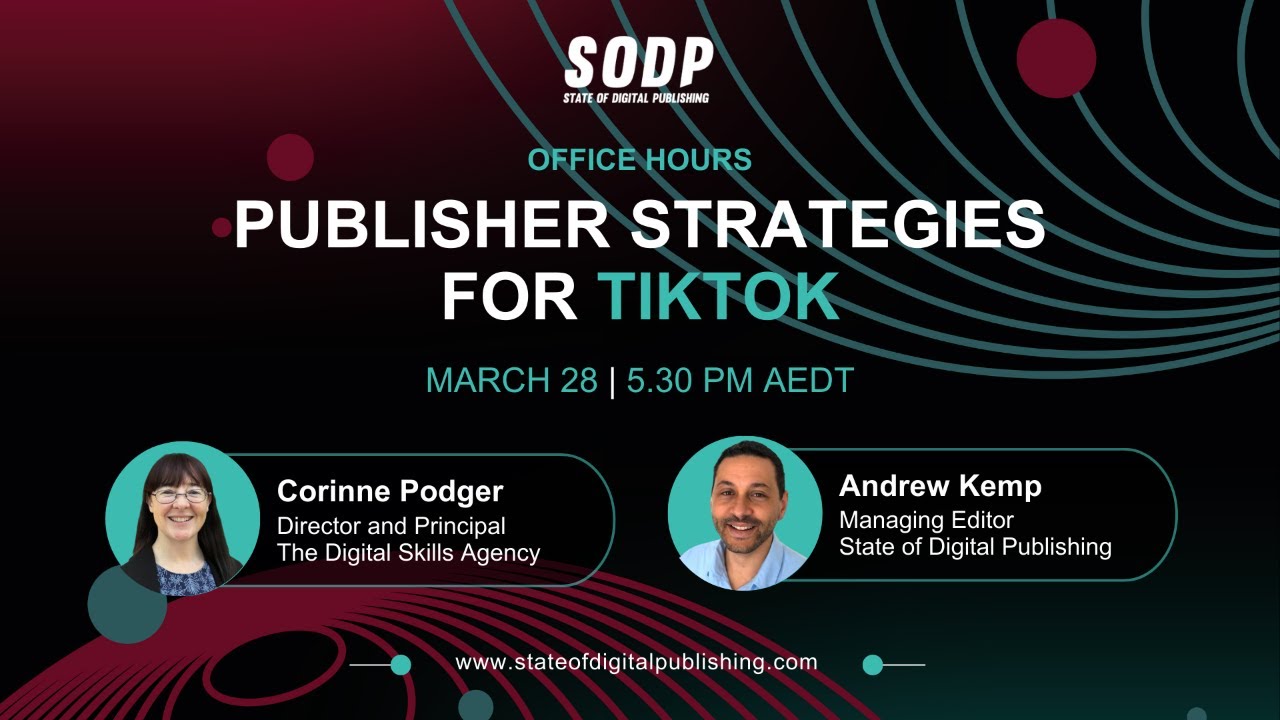Hector Pantazopoulos, CRO and Co-Founder, SourceKnowledge.com
Think for a minute about your own livelihood as an individual. Maybe you’re a corporate soldier who’s been loyal to the same company for years. Or maybe you’ve job-hopped. Or, maybe, like millions of other Americans, you hopped on The Great Resignation bandwagon and now have multiple income streams to sustain yourself. Either way, you’ve likely had at least some choice in how you make your money.
Now, consider if you were a publisher. How would you feel if you were locked into using the same, single-entity approach for generating revenue when there were maybe other, better options to help you earn even more? Would you like to be told how to make a living?
You know the answer. Yet, that’s exactly what many in the industry have tried to do to publishers as third-party cookie deprecation looms. We simply can’t allow this to happen. To preserve the open web, we must protect publishers’ freedom to decide how they want to traffic their properties — no matter what happens with cookies and when.
Delays for Days
Google delaying third-party cookie deprecation on Chrome until late 2024 creates more uncertainty for publishers surrounding the future of their business models. What we should really be asking, though, is: “What can be done with this extra time to support a benevolent structure for targeting consumers and tracking measurement on the open web?”
Publishers, like advertisers, should have both choice and flexibility in how they proceed into a world without third-party cookies. Industry leaders have predicted that no one replacement identifier will rule them all, because, unsurprisingly, every business needs different things. So, just as advertisers might need multiple solutions to continue delivering relevant advertising, so do publishers to continue publishing a wide variety of content from many different sources.
To do this, we have to provide creators with options for sustaining their businesses based on their compelling content and loyal audiences, not on pricing and ads dictated by the biggest tech players. Publishers should be the ones determining which ads they want on their sites.
Tapping into multiple partners and tools — yes, in addition to the walled gardens — should encourage publishers to test different strategies for maximizing their profits. It is in the best interest of each vendor to support the publisher’s choice, which will benefit the industry as a whole.
Shop, Collaborate and Listen
One great example of how publishers can diversify their revenue is by exploring the untapped opportunity of eCommerce advertisers.
Publishers focused on driving users that are in the market to shop — where most advertising dollars flow — will earn premium cost-per-click (CPC) rates. Really, any publisher that drives performance with shopping content can command higher rates and increase the revenue they generate.
With third-party cookies going away, publishers with a focus on shopping content will likely see even better results as advertisers shift their spend to what works. As for publishers that don’t currently have shopping content on their site, look to examples of major publishers such as The Wall Street Journal or CNN that recently launched coupon sections.
This is a relatively new phenomenon, but these publishers wisely diversified their revenue streams to account for ad dollars increasingly flowing into lower-funnel content that converts. Moreover, technology now exists that can detect and reward traffic that converts automatically and in real-time, delivering immediate results for publishers willing to explore other content categories.
A post-third-party cookie world exists in which there is both collaboration with the open web and the big tech players. But first, we must give back publishers control over how they make their money, and with whom they choose to make it.
Disclaimer: The views, opinions and ideas expressed in this post belong to the author/s and do not necessarily reflect those held by State of Digital Publishing.









